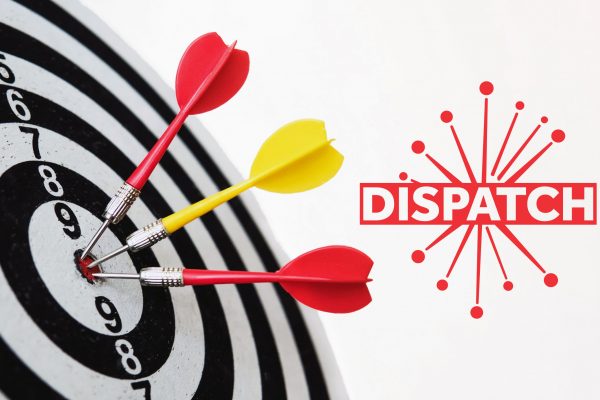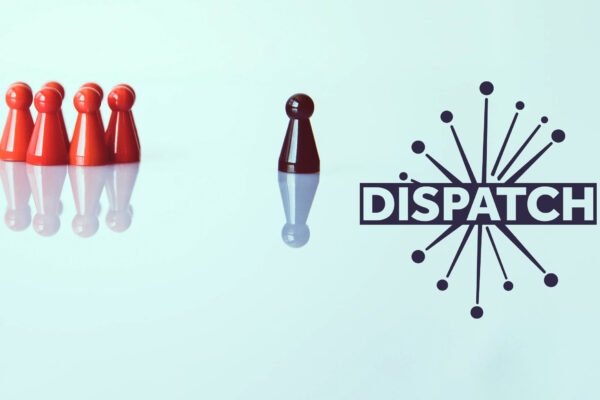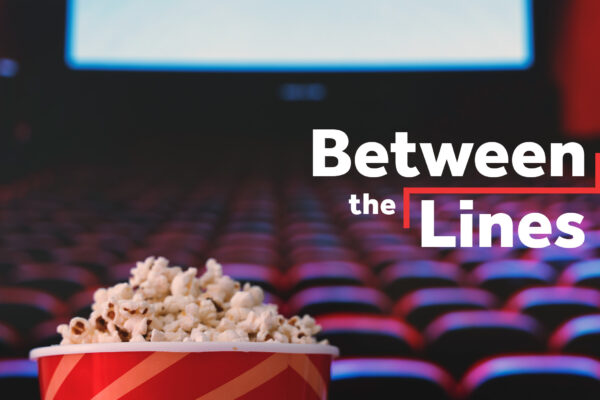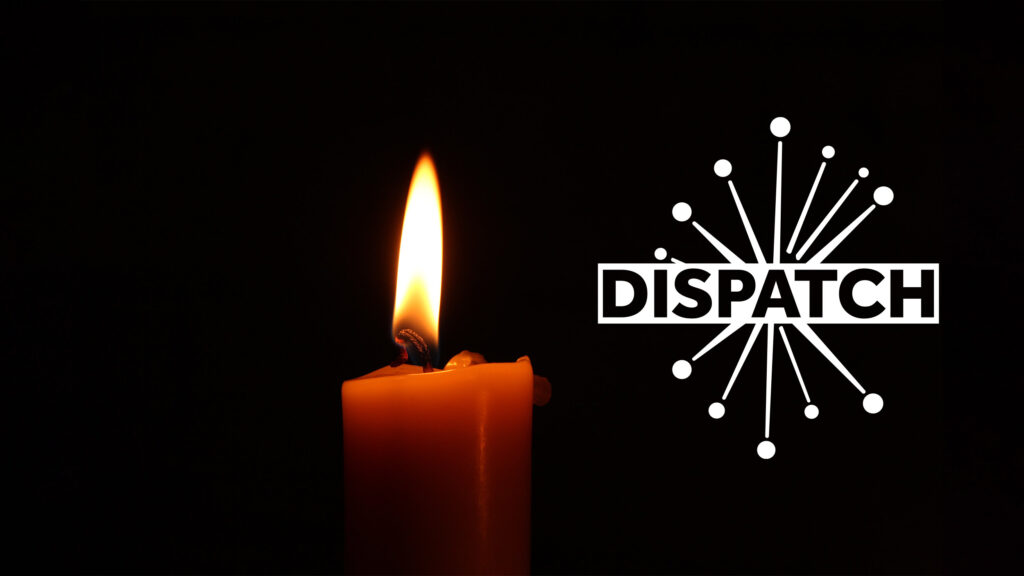It’s hard to comprehend the depth of tragedy at Astroworld, the Houston music festival hosted by rapper Travis Scott and LiveNation earlier this month that ended in 10 deaths and hundreds of injuries from a massive crowd crush. For me and many others who make live music a lifestyle, it’s a visceral reminder of the effect miscommunication and a lack of preparation can have on people, brands and something like music that is supposed to bring people joy.
It’s equally hard to pinpoint who or what was responsible, though a bevy of lawsuits filed against the festival grounds, the promoters and Travis Scott himself—along with a criminal investigation that will likely take weeks—will sort that out to some degree.
But what is abundantly clear is the accumulation of oversights and missteps that, if thoroughly addressed, could have prevented, stopped and properly managed the event.
BEFORE: “A GRAVE RISK…”
The first and perhaps most salient point to make is one of reputation. Travis Scott is notorious for amping up crowds to the point of mania, which in 2017 culminated in a guilty plea for disorderly conduct stemming from an Arkansas show that ended in multiple injuries. There are videos of Scott yelling homophobic slurs at fans, enticing members of the crowd to beat each other up, and encouraging crowds to rush the gates and stage before and during his performances. It doesn’t take a genius to deduce that—coming off a year of no live music—a crowd of 50,000 could get out of control very quickly, especially with a performer who actively encourages it.
This brings us to our second point: Every event plan has a disaster response component that covers things like inclement weather, active shooters, bomb threats, extreme heat and out-of-control crowds. They’re much like standard crisis communications plans for most brands: conducting situational assessments, communicating quickly across individuals and teams, identifying and implementing best practices and safety protocols.
The one notable exception to this standard operating procedure, of course, was Astroworld, promoted by LiveNation, one of the most well-known festival and live music organizers in the world. That such an experienced festival promoter could allow such a fatal flaw is an egregious oversight for which they’ll be paying for years. According to NPR, LiveNation’s “56-page document never once mentions how to handle a dangerous crowd surge.”
It does, however, say: “From this plan, the potential from multiple alcohol/drug-related incidents, possible evacuation needs and the ever-present threat of a mass casualty situation are identified as key concerns…In any situation where large groups of people are gathering, there is the potential for a civil disturbance/riot that can present a grave risk to the safety and security of employees and guests. The key in properly dealing with this type of scenario is proper management of the crowd from the minute the doors open.”
Under what circumstances does this pass for an actual plan? Just because you’re stating facts doesn’t mean you’re actually saying anything useful. Sure, the sky is blue, but does that really help NASA build a rocket?
DURING: “…PROPER MANAGEMENT OF THE CROWD FROM THE MINUTE THE DOORS OPEN.”
“…from the minute the doors open.”
Within that minute, Astroworld was already an unqualified disaster. Social media videos depicted chaos from the second festival-goers were allowed in—hundreds of people jumping fences, sprinting through metal detectors and security checkpoints, trampling over each other in their rush to the stage.
Several hours later, what had been an already alarming series of events culminated in Scott’s performance, and it’s here that a critical lesson can be learned. A performer’s crowd management is by definition an exercise in mass communication. They have the microphone and a captive audience that feeds on their energy and their message. It’s like giving a press conference. If you’re enthusiastic and on message, that’s what reporters will likely mirror. Go off message and they will feast.
That kind of communications power is built into live music—and it’s what makes Astroworld so incredibly infuriating. As people screamed for him to stop the show, as they jumped on stage and camera stands and the sound booth to tell security what was happening, as they were carrying unconscious or lifeless bodies out of the crowd, Scott had every opportunity to stop his show—either momentarily or for good—and simply didn’t.
He kept playing for more than 30 minutes after Houston first responders declared a mass casualty event, literally driving ambulances through crowds to try to reach people.
It’s unforgivable, and yet another extreme example that preparation and immediate action during a crisis are the two things that can save everything from a human life to a brand’s reputation.
AFTER: “…ONE OF THE NARRATIVES…”
Coverage of the event has been relentless and, in many cases, misleading. More so than decades past, the media today has the unenviable job of balancing two crucial elements of journalism that are frequently at odds when covering breaking news: Being first and being accurate. Many gravitate to the former at the expense of the latter. In this case, it directly led to the perpetuation of, as the Houston police chief said during a press conference, “one of the narratives that some individual was injecting other people with drugs,” which caused panic and the subsequent crowd surge. Speculation is by definition not fact, but the fact remains that, as soon as he said it, the media had their story. CBS, NBC, FOX and others amplified a rumor that hadn’t been confirmed and, as Slate points out, is next to impossible.
Just as importantly, such unproven narratives shift the blame from the people and organizations who are and should be held responsible.
There’s unfortunately enough of it to go around, but it should be directed to make sure nothing like this happens again.
For those who died, may you rest in peace.
Axel Acosta Avila, 21
Danish Baig, 27
Madison Dubiski, 23
John Hilgert, 14
Jacob Jurinek, 20
Franco Patino, 21
Rodolfo Peña, 23
Brianna Rodriguez, 16
Bharti Shahani, 22
Ezra Blount, 9






